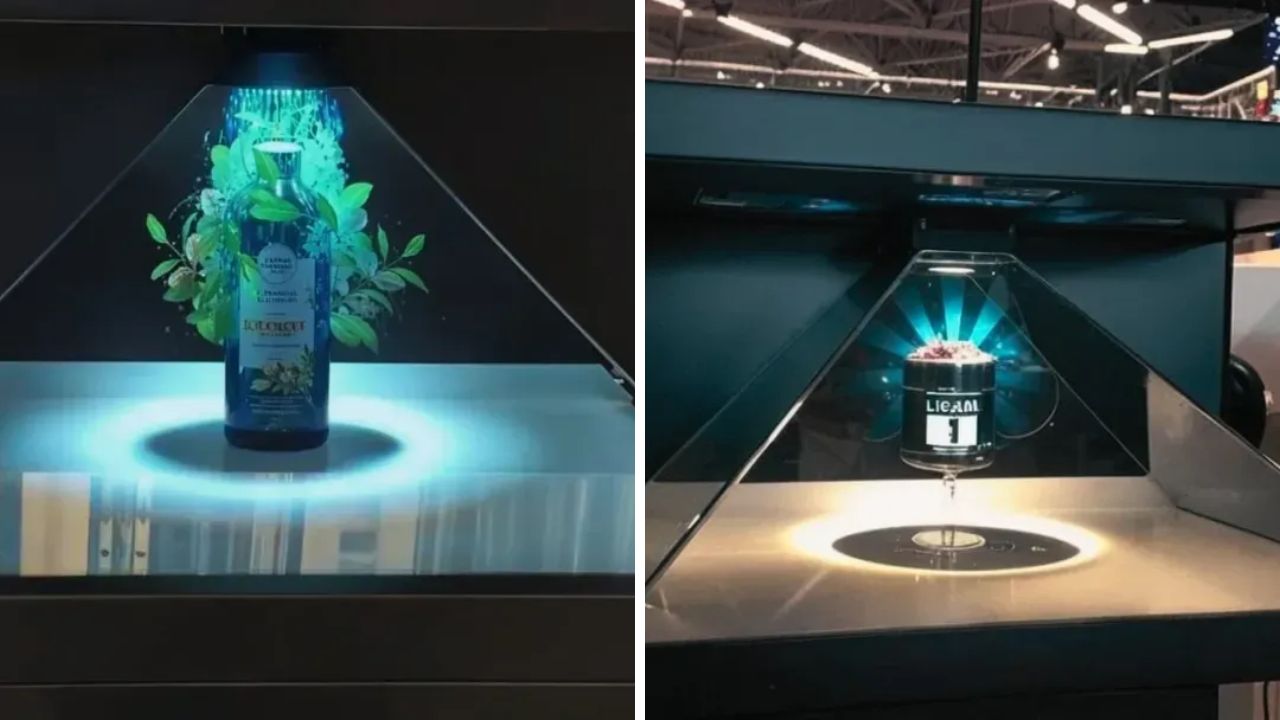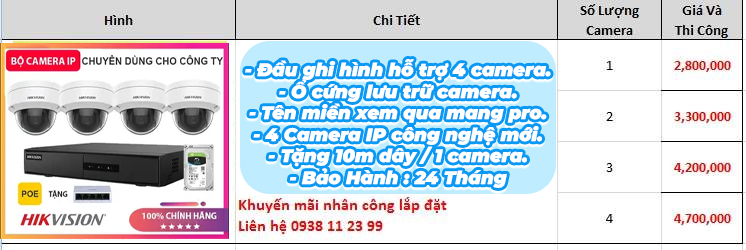The concept of 3D holograms has captivated the imaginations of people for decades, often portrayed in sci-fi movies as futuristic technology. Today, however, 3D hologram projectors are no longer limited to the realm of fiction they are a reality and are transforming various industries by enabling visually stunning, three-dimensional experiences. In this article, we will dive into what 3D hologramas projectors are, how they work, their applications, and the factors to consider when choosing one.
What is a 3D Hologram Projector?
A 3D hologram projector is a device that creates three-dimensional images that appear to float in mid-air. Unlike traditional 2D displays, hologram projectors generate depth and volume, allowing the viewer to perceive the content from different angles. This effect is achieved through various methods, such as light diffraction, reflection, and the manipulation of optical waves.
The primary goal of a 3D hologram projector is to make virtual images appear as if they are real objects, enhancing the immersive experience. While some hologram projectors require a screen or a specific surface to project onto, more advanced models can generate images without any background, creating a floating illusion.
How Does a 3D Hologram Projector Work?
The working principle behind 3D hologram projectors is based on the science of light and optics. Here’s a simplified explanation of how these projectors create a holographic image:
- Light Source: The projector emits light, typically using LEDs or lasers, which serve as the base for the image projection.
- Interference Patterns: The light passes through a set of optical elements that manipulate the light waves. This process creates interference patterns—specific arrangements of light and dark fringes that form the image.
- Reflection or Diffraction: In some systems, mirrors or diffractive elements split and redirect the light, enhancing the three-dimensional effect. The projected light then interacts with a semi-transparent surface, a special screen, or even particles in the air.
- Viewing Angle Adjustment: To ensure the image appears three-dimensional from multiple angles, some hologram projectors use rotating LED fans or multiple light sources to adjust the viewing angles, creating a parallax effect.
The resulting image can appear as a floating object that seems to have depth and structure. While true holography (capturing the exact light field) is still being developed, many current 3D hologram projectors offer impressive approximations of this effect.
Applications of 3D Hologram Projectors
The versatility of 3D hologram projectors has led to their adoption across multiple fields, from entertainment and education to business and medicine. Here are some prominent applications:
1. Entertainment and Events
One of the most popular uses of 3D hologram projectors is in the entertainment industry. Live events, concerts, and stage performances use holograms to create captivating visual effects. For example, holographic images of musicians who have passed away can be projected to appear as if they are performing on stage, adding a unique touch to concerts. Additionally, sports events and trade shows utilize hologram technology to engage audiences with interactive 3D visuals.
2. Retail and Advertising
3D hologram projectors are being employed in retail environments to showcase products in an innovative way. Brands use holograms to display product details, demonstrations, and advertisements that catch customers’ attention. The floating visuals can be customized to show different content, making them ideal for promotions and sales.
3. Education and Training
The educational sector benefits from 3D hologram projectors by using them for interactive learning experiences. Complex subjects like biology, physics, and engineering can be visualized in three dimensions, making abstract concepts easier to understand. In medical training, for instance, holograms of human anatomy allow students to explore organs and tissues in detail, enhancing their learning experience.
4. Business Presentations
Businesses use 3D hologram projectors for meetings, product launches, and presentations to deliver information in a more engaging manner. Instead of using traditional slideshows, companies can project three-dimensional models of their products, allowing potential customers or stakeholders to visualize them from all angles.
5. Healthcare
In the medical field, hologram technology has potential applications in imaging and surgical planning. Surgeons can use holographic images to visualize complex anatomical structures or plan procedures by examining a 3D representation of the patient’s organs.
Types of 3D Hologram Projectors
Several types of 3D hologram projectors are available, each using different techniques to produce holographic images:
1. Pepper’s Ghost Technique
This method dates back to the 19th century and is still used for hologram displays in some cases. It relies on a transparent sheet angled in a way that reflects light from a projector, creating the illusion of a three-dimensional image. Although it is not a true hologram, this technique is popular for stage performances and exhibitions due to its simplicity.
2. Rotating LED Fans
These devices use LED lights attached to rotating blades. As the blades spin rapidly, they create a persistence of vision effect, which makes the LEDs appear as a floating 3D image. This type of hologram projector is cost-effective and widely used in retail and advertising.
3. Laser Plasma Displays
More advanced hologram projectors use lasers to ionize air particles, forming a visible plasma that appears as a 3D image. This technique can produce free-floating images in mid-air without the need for any screen. Laser plasma displays are cutting-edge but come with higher costs and complex setup requirements.
4. Volumetric Displays
Volumetric displays create a 3D image by projecting light onto a rotating or multi-layered surface. These projectors produce holograms that can be viewed from different angles, giving a true 3D effect. Volumetric displays are used in specialized applications, such as scientific visualization and high-end displays.
Factors to Consider When Choosing a 3D Hologram Projector
When selecting a 3D hologram projector, several factors should be considered to ensure it meets your needs:
1. Image Quality
The resolution, brightness, and contrast ratio of the hologram projector significantly affect the clarity and realism of the holographic image. High-resolution projectors with bright LEDs or lasers will deliver sharper and more vivid visuals.
2. Viewing Angle
The viewing angle determines how many people can see the hologram simultaneously without distortion. For public displays, wider viewing angles are preferable to accommodate larger audiences.
3. Portability and Size
Depending on your intended use, you may need a portable hologram projector. Some models are compact and lightweight, making them suitable for trade shows and mobile presentations. Larger installations may require a fixed setup.
4. Ease of Use
Consider how user-friendly the hologram projector is, including its setup process, software compatibility, and maintenance. Some models may require professional installation or calibration, while others are more plug-and-play.
5. Price
3D hologram projectors range in price from affordable rotating LED fan models to high-end laser plasma displays. Determine your budget and evaluate the cost-benefit ratio based on the features you need.
The Future of 3D Hologram Technology
As technology advances, the potential for 3D hologram projectors continues to grow. Researchers are exploring ways to create more realistic holograms with higher resolutions and true volumetric capabilities. Emerging technologies, such as light-field displays and artificial intelligence, may soon enable the generation of holograms that are indistinguishable from real objects.
Moreover, the integration of 3D holograms with augmented reality (AR) and virtual reality (VR) platforms could revolutionize how we interact with digital content. Holograms may become commonplace in our everyday lives, from video calls featuring holographic avatars to immersive gaming experiences.
Conclusion
3D hologram projectors are at the forefront of a visual revolution, enabling the creation of stunning and immersive experiences across multiple fields. Whether used in entertainment, education, business, or healthcare, they offer a unique way to visualize content in three dimensions. As the technology continues to evolve, it is set to reshape how we perceive and interact with digital information.



